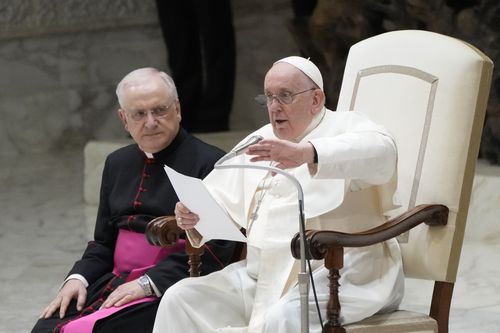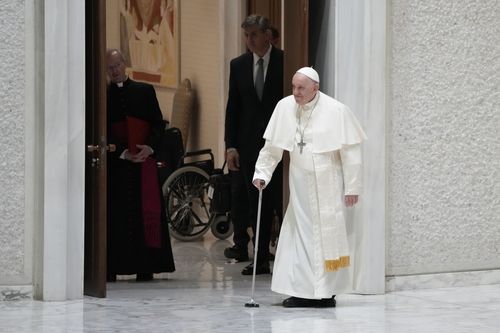That law had been praised at the time for laying out precise mechanisms to investigate complicit bishops and religious superiors, but its implementation has been uneven and the Vatican has been criticised by abuse survivors for continued lack of transparency about the cases.

The new norms conform to other changes in the Catholic Church’s handling of abuse that have been issued since then. Most significantly, they are expanded to cover leaders of Vatican-approved associations headed by lay leaders, not just clerics.
That is a response to the many cases that have come to light in recent years of lay leaders abusing their authority to sexually exploit people under their spiritual care or authority.
The new norms also reaffirmed that even adults can be victims of predator priests, such as nuns or seminarians who are dependent on their bishops or superiors.
Read Related Also: Kelly Rizzo remembers husband Bob Saget one year on from his death
Church law previously considered that only adults who “habitually” lack the use of reason can be considered victims alongside minors.

The new law makes clear that adults can be rendered vulnerable to abuse even occasionally, as situations present themselves.
That the definition remained in the text is significant given resistance in the Vatican to expanding its abuse norms to cover adults.
It states that a vulnerable person is “any person in a state of infirmity, physical or mental deficiency, or deprivation of personal liberty which, in fact, even occasionally, limits their ability to understand or to want or otherwise resist the offense.”





